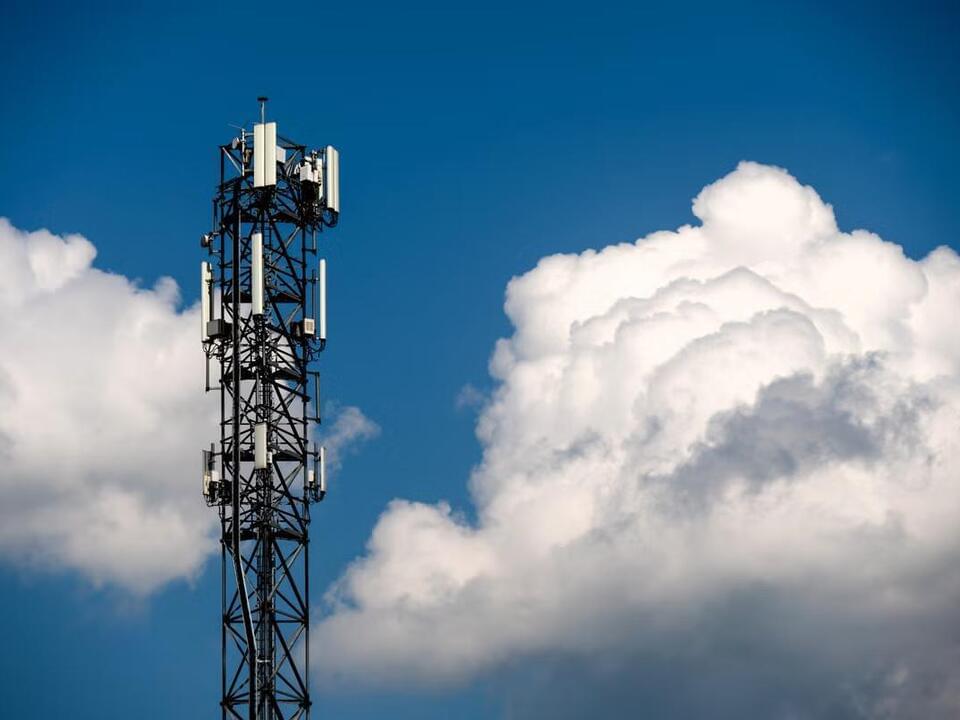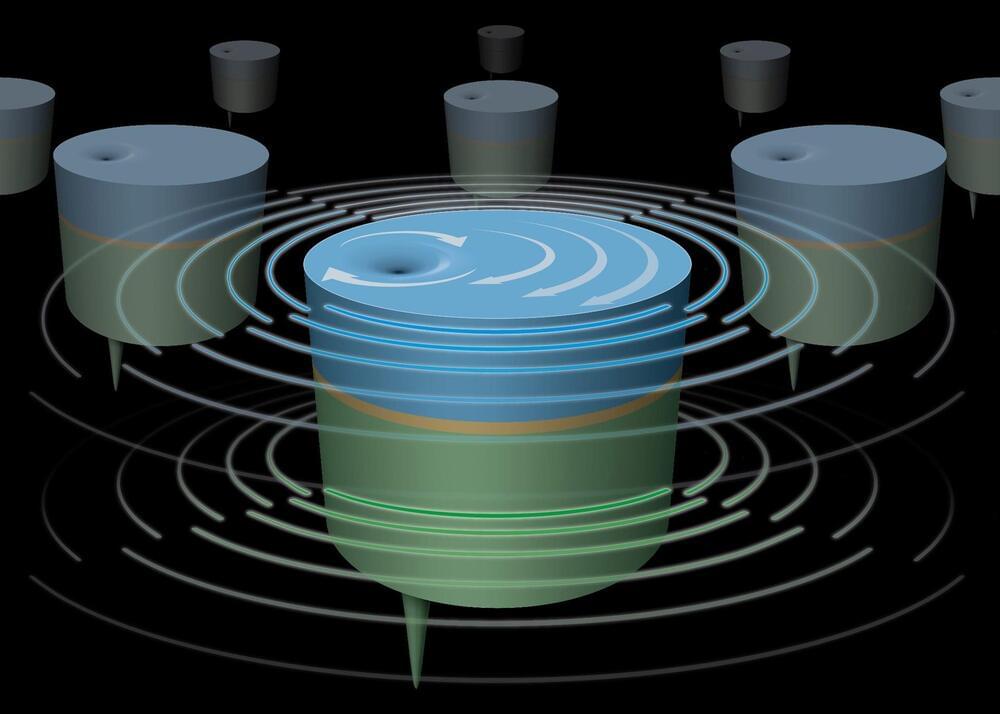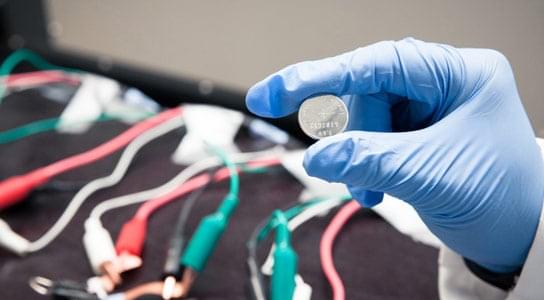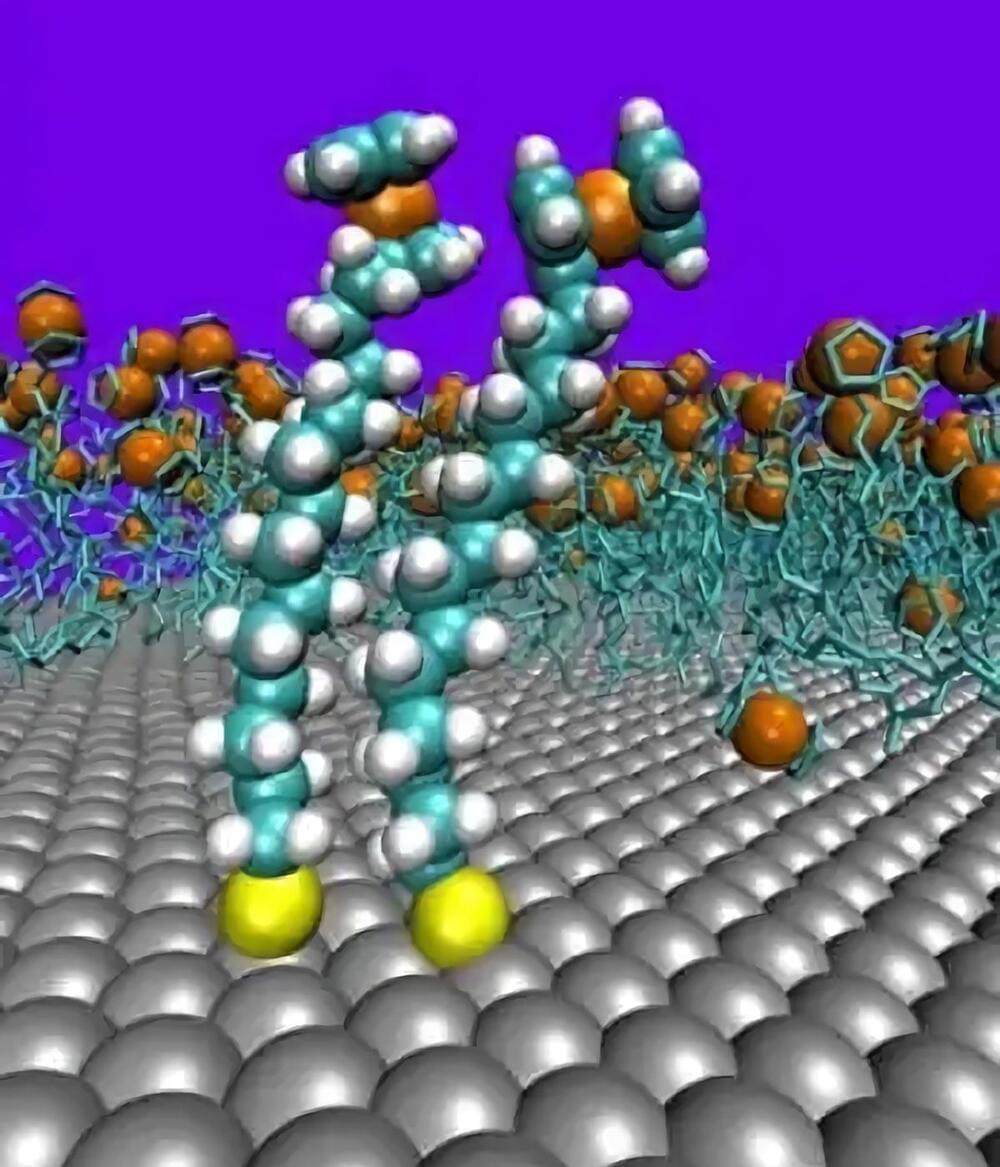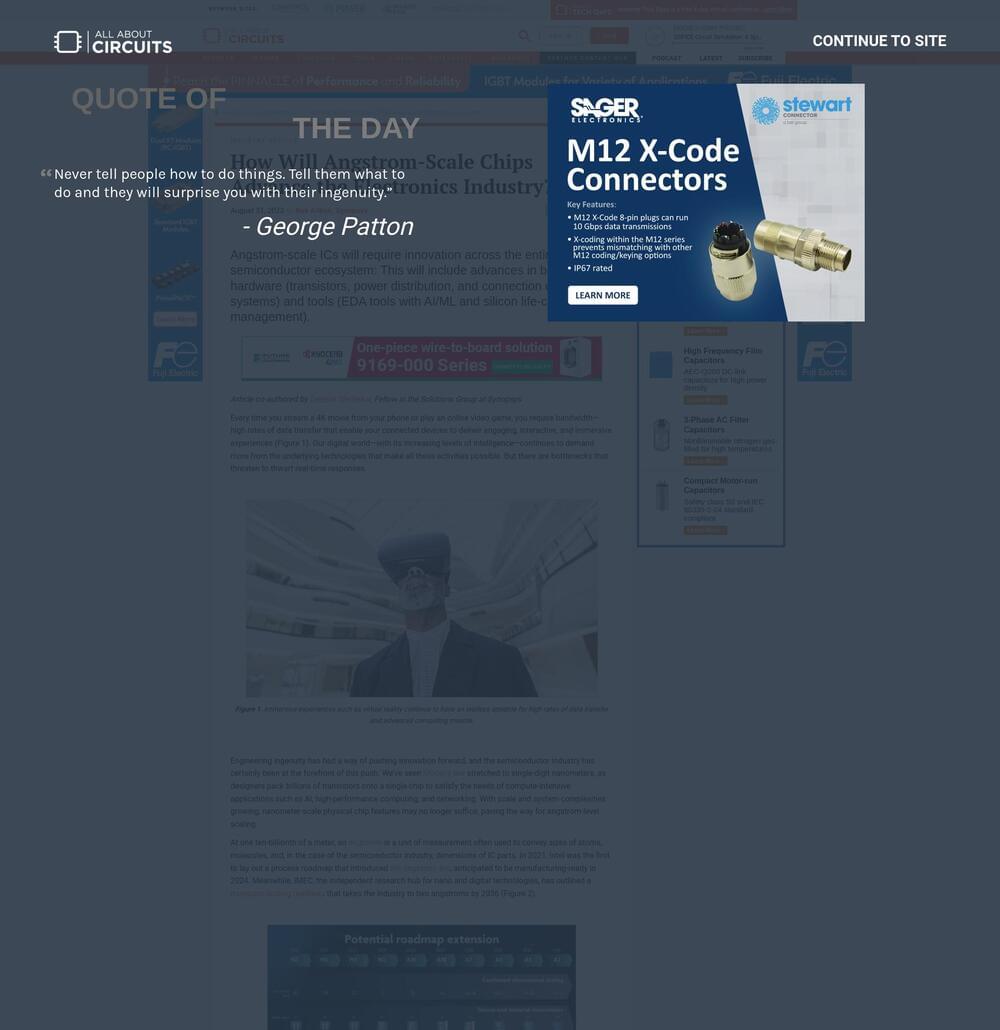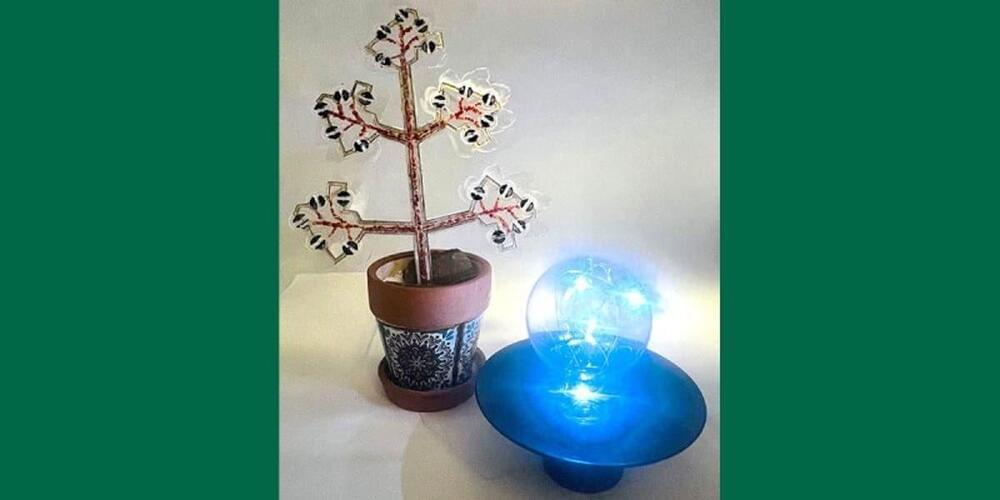Whether we’re staring at our phones, the page of a book, or the person across the table, the objects of our focus never stand in isolation; there are always other objects or people in our field of vision. How that visual “clutter” affects visual processing in the brain, however, is not well understood.
In a new study published Oct. 22 in the journal Neuron, Yale researchers show that this clutter alters how information flows in the brain, as does the precise location of that clutter within the wider field of vision. The findings help clarify the neural basis of perception and offer a deeper understanding of the visual cortex in the brain.


